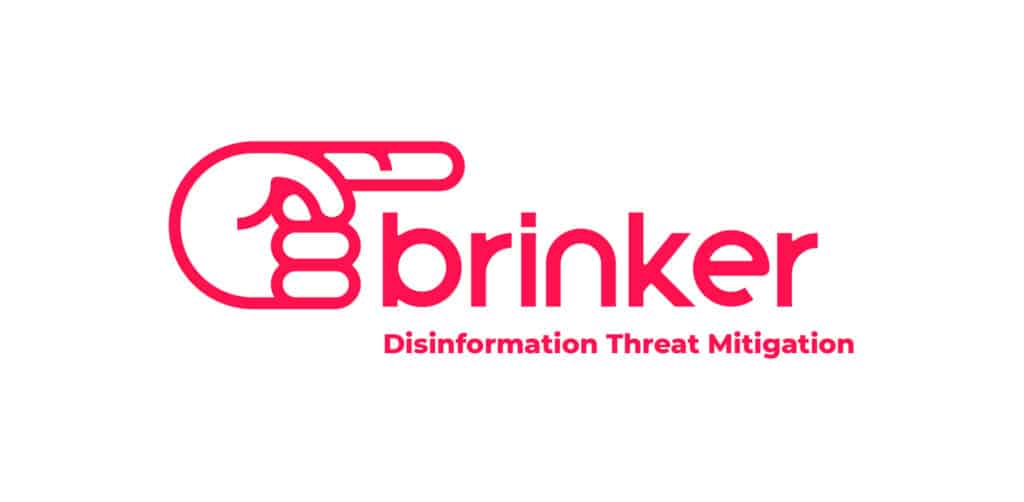A week from this Wednesday, the Security Ledger is hosting The Security of Things Forum: a day-long event in Cambridge, Massachusetts, that will explore the challenges of securing a global network of hundreds of billions of Internet connected devices. [Register here for The Security of Things Forum – Security and Internet of Things: May 7, Cambridge, MA] One of the big issues that we’ll be tackling is how the Internet of Things (or IoT) changes the security paradigm for enterprises and other large, IT-dependent organizations. Needless to say: the corporate network environment of 2020 won’t bear much resemblance to the network of 2000. But what kinds of tools and technologies will be needed to secure that environment and identify threats to the data stored on it? What security tools and strategies will go the way of the typewriter? What areas will require more investment? So far, the focus of discussions about IoT […]
Reports
IoT And Big Data To Create Insurance Industry Winners, Losers
This blog writes a lot about risk and the Internet of Things. Specifically: we talk about how smart, sensor rich, connected devices create all kinds of new risks for enterprises and consumers. It goes without saying that feature development (and adoption) are running well ahead of pesky issues like secure design and deployment or data privacy. Smart companies are trying to put some brakes on that trend. (Witness Google prohibiting sensitive health data from its Android Wear platform.) But, by and large, companies are plowing ahead into IoT technologies without a lot of consideration of the risks. But there’s one industry where risk _is_ the business: the insurance industry. And there, the thinking about the potential of Internet of Things is decidedly bullish. In fact, a recent report from the financial services research firm Celent (paywall) suggests that broad adoption of IoT technologies will revolutionize the way insurance companies market and sell to […]
Heartbleed: Technology Monoculture’s Second Act
Say ‘technology monoculture’ and most people (who don’t look at you cross-eyed or say ‘God bless you!’) will say “Microsoft” or “Windows” or “Microsoft Windows.” That makes sense. Windows still runs on more than 90% of all desktop systems, long after Redmond’s star is rumored to have dimmed next to that of Apple. Microsoft is the poster child for the dangers and benefits of a monoculture. Hardware makers and application developers have a single platform to write to – consumers have confidence that the software and hardware they buy will “just work” so long as they’re running some version of Windows. The downside, of course, is that the Windows monoculture has also been a boon to bad guys, who can tailor exploits to one operating system or associated application (Office, Internet Explorer) and be confident that 9 of 10 systems their malicious software encounters will at least be running some version of the […]
Heartbleed For Poets And Other Must-Reads
It’s H-Day + 2 – two full days since we learned that one of the pillars of online security, OpenSSL, has contained a gaping security hole for the past two years that rendered its protections illusory. As I wrote over on Veracode’s blog today: this one hurts. It exposes private encryption keys, allowing encrypted SSL sessions to be revealed. Trend Micro data suggests around 5% of one million Internet top-level domains are vulnerable. IOActive notes that Heartbleed also appears to leave data such as user sessions subject to hijacking, exposes encrypted search queries and leaves passwords used to access online services subject to snooping, provided the service hasn’t updated their OpenSSL instance to the latest version. In fact, its safe to bet that the ramifications of Heartbleed will continue to be felt for months – even years to come. In the meantime, there is a lot of interesting coverage and […]
The Heartbleed OpenSSL Flaw: What You Need To Know
There’s a serious vulnerability in most versions of the OpenSSL technology that requires an immediate update to avoid exposing sensitive information and Internet traffic to snooping. In response, the SANS Internet Storm Center (ISC) has raised its InfoCon (threat) level to “Yellow,” indicating that…well…the Internet’s not as safe a place today as it was yesterday, before the vulnerability was released. Here’s what we know right now: + Researcher Neel Mehta of Google Security discovered the vulnerability, which was apparently introduced with a OpenSSL update in December, 2011, but only fixed with the release of OpenSSL 1.0.1g on Monday. + Dubbed “heartbleed” (thank the Codenomicon marketing department for that one), the vulnerability (CVE-2014-0160) is described as a TLS heartbeat read overrun. TLS stands for Transport Layer Security. According to OpenSSL.org, vulnerable versions of the OpenSSL software have version numbers ranging from 1.0.1 and 1.0.2-beta. + Codenomicon described the vulnerability as an “implementation problem” […]






